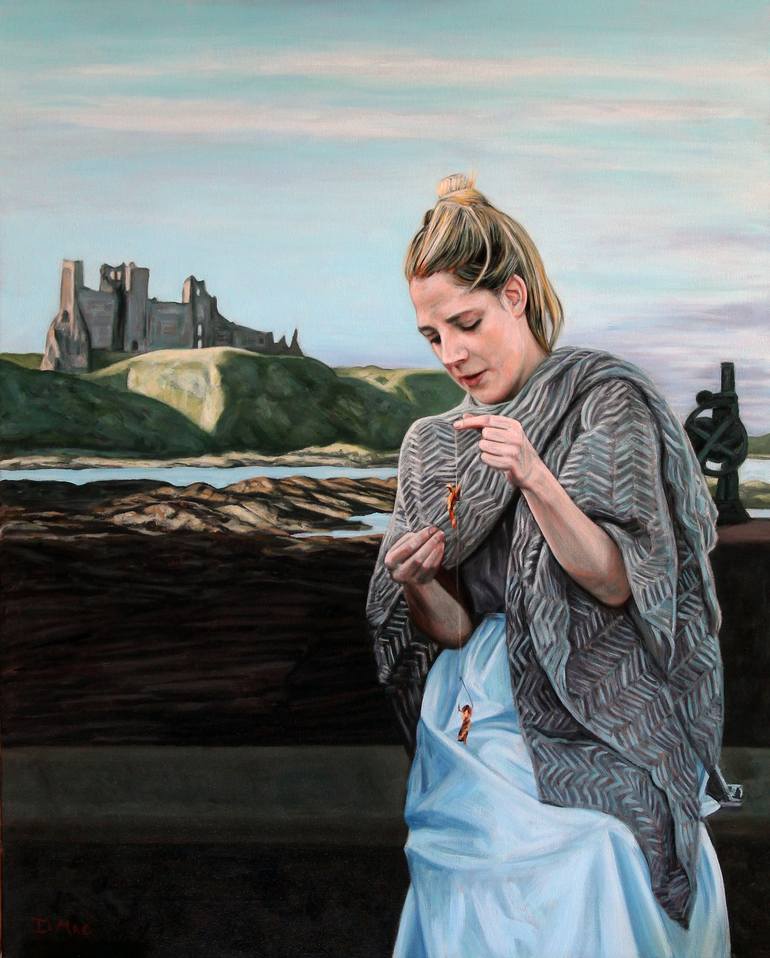


157 Views
1
View In My Room
Painting, Oil on Canvas
Size: 24 W x 30 H x 1 D in
Ships in a Box
$4,350
Shipping included
14-day satisfaction guarantee
Trustpilot Score
157 Views
1
ABOUT THE ARTWORK
DETAILS AND DIMENSIONS
SHIPPING AND RETURNS
The Firth of Forth has been a huge natural resource for local communities for thousands of years. Fish, oysters, mussels and seaweed have all been abundant at times, scarce at others and in some cases, such as oysters, now extinct. Oysters The history of oysters in the Firth of Forth is really quit...
Year Created:
2016
Subject:
Mediums:
Painting, Oil on Canvas
Rarity:
One-of-a-kind Artwork
Size:
24 W x 30 H x 1 D in
Ready to Hang:
Not Applicable
Frame:
Not Framed
Authenticity:
Certificate is Included
Packaging:
Ships in a Box
Delivery Cost:
Shipping is included in price.
Delivery Time:
Typically 5-7 business days for domestic shipments, 10-14 business days for international shipments.
Returns:
14-day return policy. Visit our help section for more information.
Handling:
Ships in a box. Artists are responsible for packaging and adhering to Saatchi Art’s packaging guidelines.
Ships From:
United Kingdom.
Customs:
Shipments from United Kingdom may experience delays due to country's regulations for exporting valuable artworks.
Need more information?
Need more information?
Davy Macdonald
United Kingdom
Why Saatchi Art?
Thousands of
5-Star Reviews
We deliver world-class customer service to all of our art buyers.
Global Selection of Original Art
Explore an unparalleled artwork selection from around the world.
Satisfaction Guaranteed
Our 14-day satisfaction guarantee allows you to buy with confidence.
Support Emerging Artists
We pay our artists more on every sale than other galleries.
